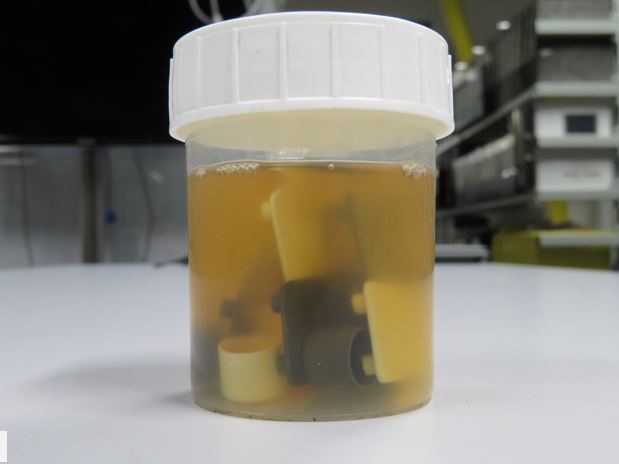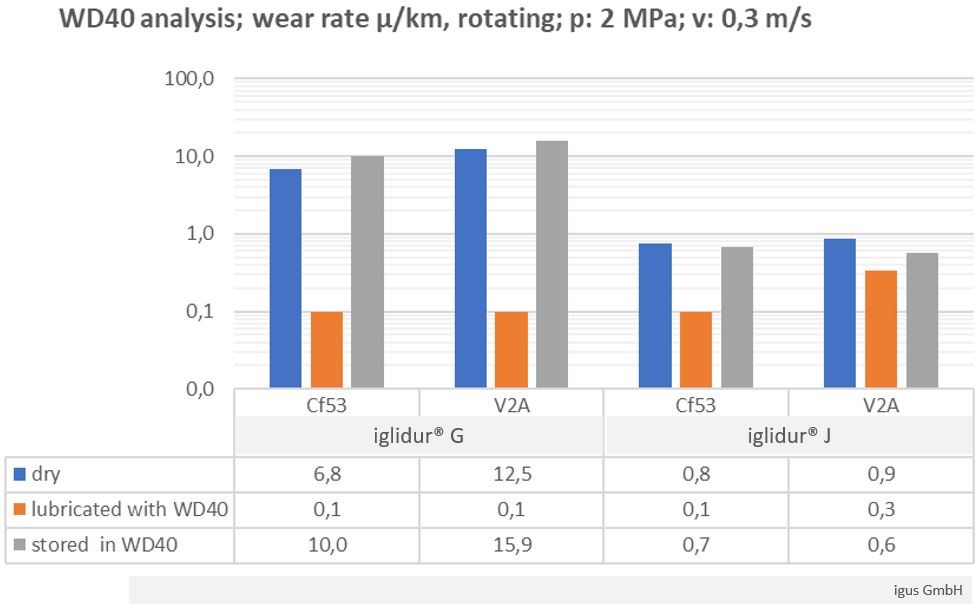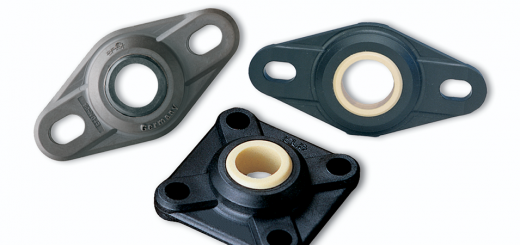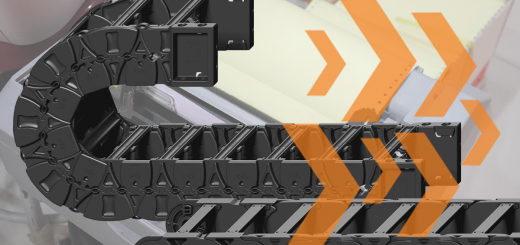Can You Lubricate Plastic Bearings with WD-40?
By Lars Butenschon
It’s common knowledge that, together with duct tape, WD-40 is a universal tool that can fix anything. While the former keeps everything in place when things shouldn’t move, the latter keeps things moving when things should move. Many people believe that these two tools will set you up for almost anything life throws at you. And the only thing that can further complement these two tools would be iglide® plastic bearings… okay, that may be a bit of a stretch :D.
This post is about a topic that is brought up to my colleagues and I quite frequently. “Can I lubricate your bearings with WD-40?” “What if I apply WD-40 to get rid of that strange squeaking sound I sometimes get?” “Is your material resistant to WD-40?”. And of course the same questions arise for similar so called penetrating oils. Since WD-40 is the most common of these oils, I will use it as an example in this post.
What is WD-40 and why would you want to use it? Does it qualify as lubricant for bearings?
First and foremost: If you aim to keep your bearing nicely lubricated at all times with low friction, wear and continuous corrosion protection – there are better options.
WD-40 is often called a penetrating oil. It can go into the smallest cavities and even get under corroded surfaces. By doing so, the oil drives out corrosion, dust and grease and therefore things that get stuck from these elements can get going again. However, due to being runny, otherwise known as having a high viscosity, WD-40 doesn´t last very long in bearing points. That’s why it is not able to provide a long lasting lubricating effect.
Why even bother with lubricating bearings with WD-40 then?
Despite the above mentioned issues, WD-40 can be useful for plastic bearings. The reason: Especially polymer bearings with integrated solid lubricant particles tend to have a so called run-in period. During the run-in period, the smooth injection molded surface of the bearing starts to wear off a bit, making it easier for the solid lubricants to spread between shaft and bearing. In some cases, this process is accompanied by temporary squeaking noises. Some people apply a bit of WD-40 during assembly of the bearings to silence them and improve running capabilities and friction in the process.

Various types of plastic bearings submerged in WD-40 for resistance testing
So let’s cut to the chase: How does lubricating polymer bearings with WD-40 affect their performance?
This question actually contains two. The first question targets the chemical resistance of the material. “Is the material resistant to WD-40?” For these kinds of questions, we have data that is based on lab tests. In these tests, the bearings are submerged in chemicals for a certain length of time. They are then tested for their mechanical strengths, amongst other qualities.

Results from the above mentioned submersion test. iglide® G and J versus WD-40
So they are resistant? And then what?
As you can see in the table, the tested materials show no significant deterioration in mechanical strength and absorbed only small amounts of WD-40. That means they are resistant to the oil. Great, right? But what does that mean for our bearings? Will they work better?
Another arguably more important factor is the substance’s effect on the wear of the bearing. To answer this question, we have again put the bearings to the test. Using our igus® bearing test rigs, with which we can simulate application setups for bearings, we tested three different scenarios. The first was a dry running application without WD-40 or any other lubrication (the best way to use iglidur® bearings). The second setup consisted of an initially lubricated bearing. That means the bearing was lubricated once during installation. The third setup was a bearing we stored in WD-40 before installation, so it would absorb the WD-40.

Wear results from different rotational tests with iglide® (iglidur® in Germany) bearings
Conclusion
The best result was achieved by the initially lubricated bearing. However, I need to point out that we put quite a lot of WD-40 on the bearing for the initial lubrication. The bearings didn’t show any significant signs of wear after 4 days of continuous rotation. In comparison, both the dry-running and the stored-in-WD-40-scenario showed an almost equal amount of increased wear. The reason for this is most likely that the amount of WD-40 that had been absorbed during the storage of the bearings was too small to be significant.
But before you go buy a huge can of WD-40 or any other penetrating oil, be warned: As I mentioned above, WD-40 tends to dry off quickly. After drying off, it leaves a small amount of residue that can lead to a delayed effect of increased wear and noise. But this may be a story for another time.
If you have any questions about this subject or any other bearings-related item, feel free to get in touch with us at 1-800-965-2496 or visit our website.



